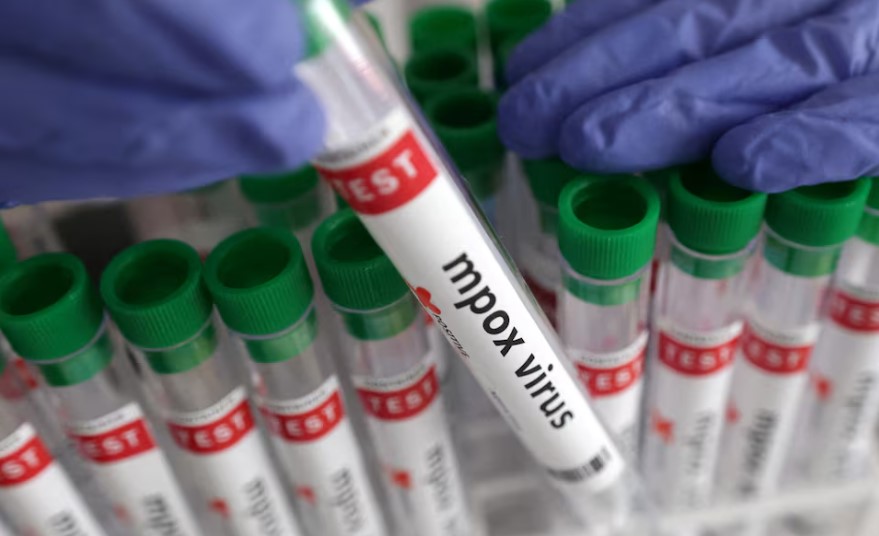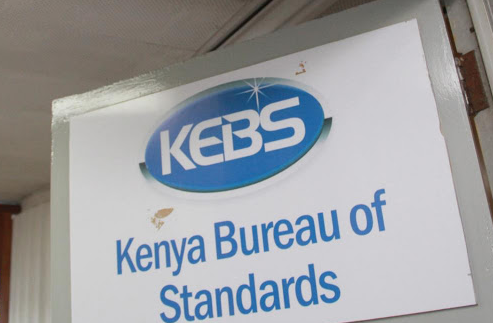Mpox cases in Ethiopia rise to 18

Ethiopia reported its first mpox case on May 25 when a 21-day-old infant tested positive in Moyale near the Kenyan border.
The number of mpox cases in Ethiopia has reached 18 as authorities intensified health monitoring and inspection measures, the country's Ministry of Health has announced.
The Ethiopian Ministry of Health, in a national situation update issued late Thursday, revealed that the number of mpox cases in the country has now reached 18, with 12 new cases reported during the past two days.
More To Read
- 314 mpox cases confirmed as MoH ramps up containment across 22 counties
- KEMRI to analyse samples from mysterious Mombasa deaths as health probe intensifies
- Two dead as Mpox hits Nyali and Changamwe, Mombasa on high alert
- Mpox deaths reach 1,724 in Africa since 2024: Africa CDC
- Growing concerns on Kenya's preparedness amid pandemic fears
- Kenya's Mpox cases rise to 41 as viral haemorrhagic fevers spread across East Africa
The East African country has also recorded one mpox-related death and two recoveries so far, while 15 active cases are currently receiving medical treatment in isolation, according to the ministry.
Ethiopia reported its first mpox case on May 25 when a 21-day-old infant tested positive in Moyale near the Kenyan border.
Following the initial announcement of mpox cases in southern Ethiopia, the country has intensified coordinated health monitoring and inspection measures to prevent a potential outbreak.
Meanwhile, the Africa Centre for Disease Control and Prevention (Africa CDC) has recently called for aggressive efforts to control mpox in southern Ethiopia to avert possible cross-border spread of the virus, mainly due to Moyale town's close proximity to neighbouring Somalia.
The African continent has reported 141,966 mpox cases since the start of last year. Of these, 35,752 were confirmed, and about 1,793 related deaths were recorded, according to the latest data from the Africa CDC.
Mpox, formerly known as monkeypox, was first detected in laboratory monkeys in 1958. It is a rare viral disease transmitted through body fluids, respiratory droplets and contaminated materials. The infection often causes fever, rash, and swollen lymph nodes.
Top Stories Today











































